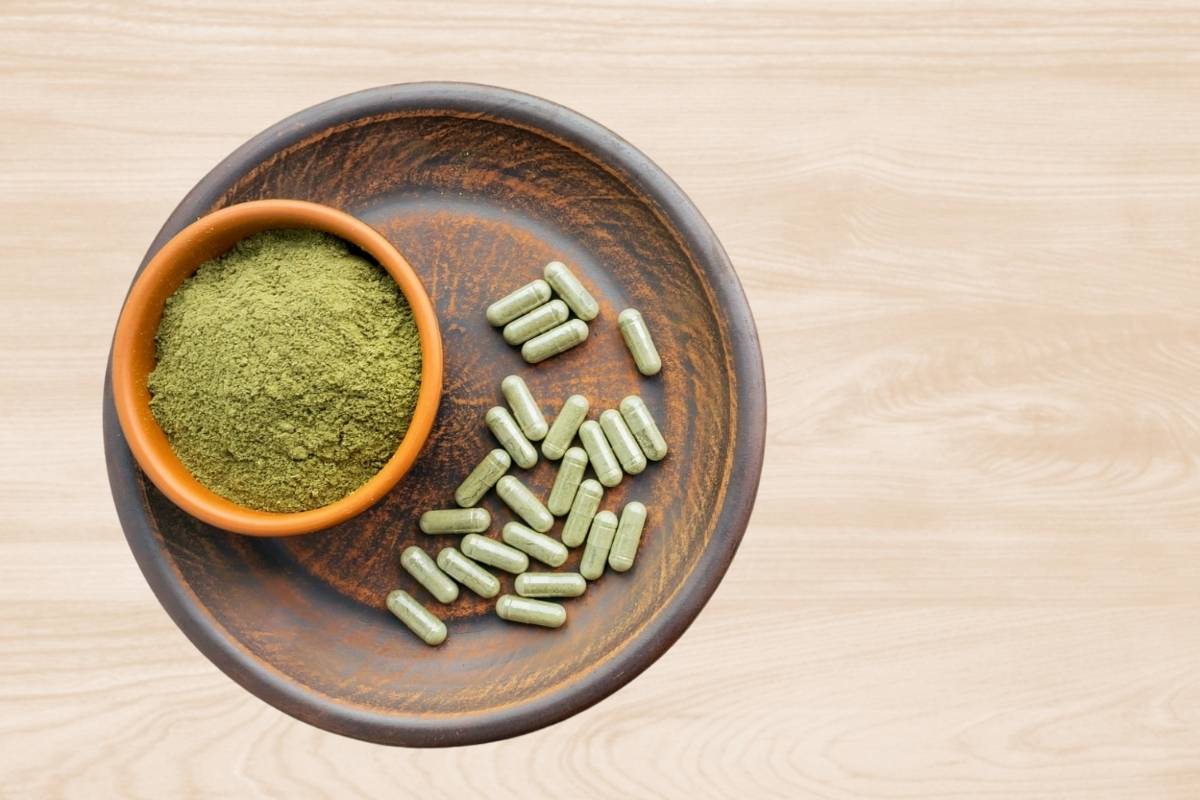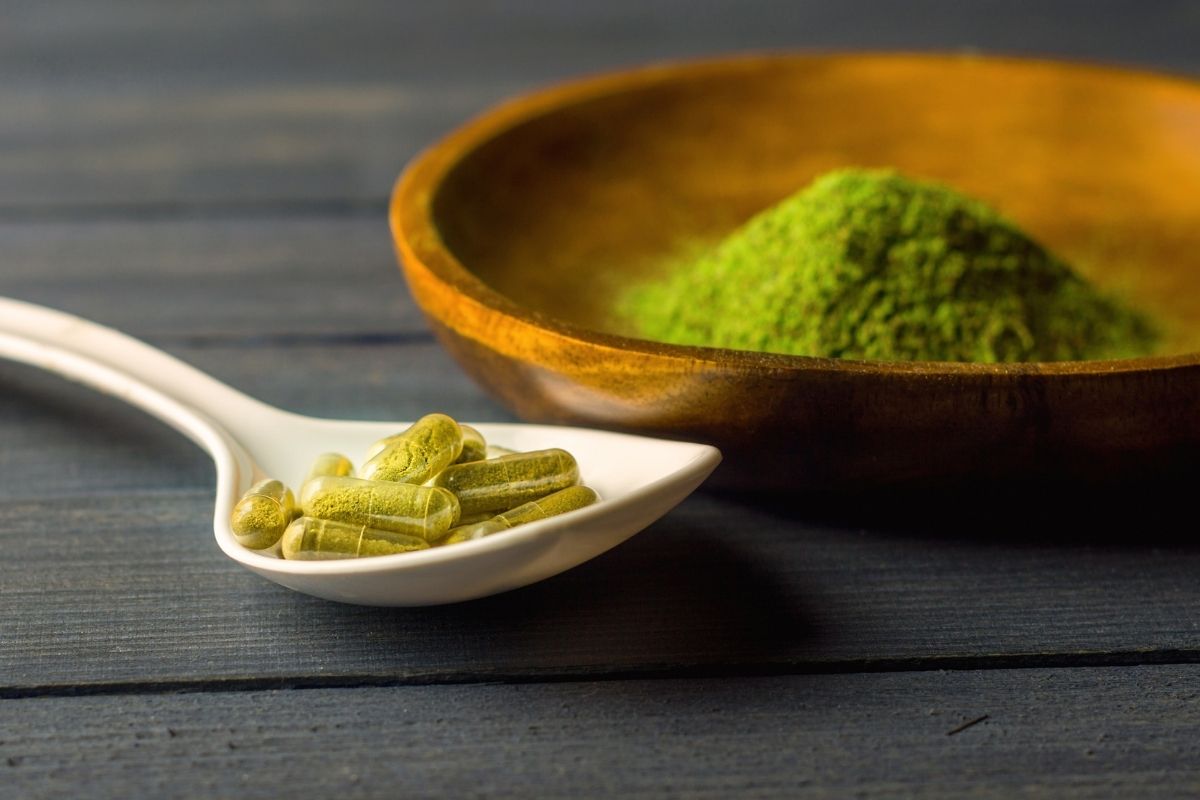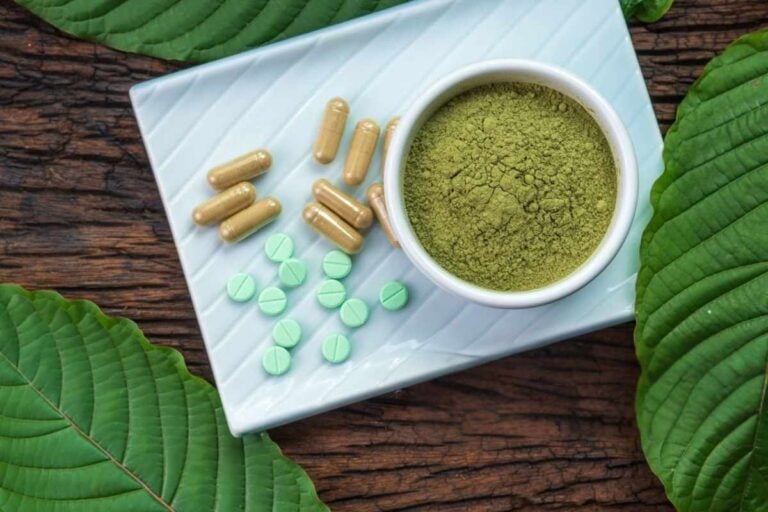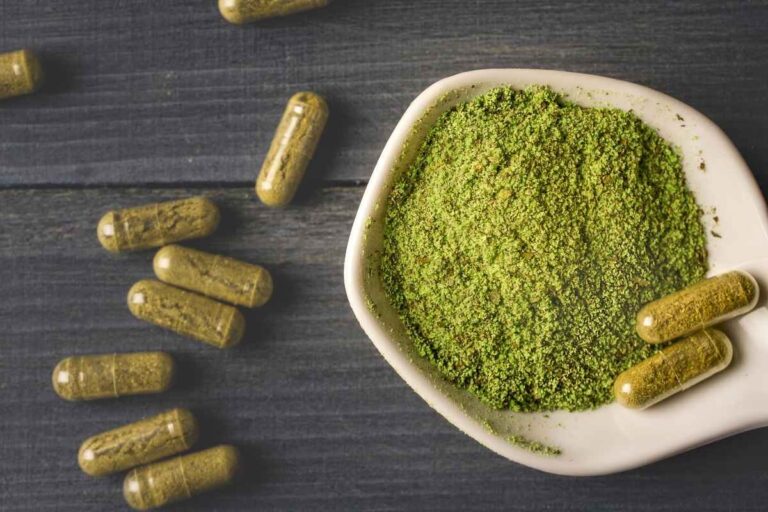Difference Between Mitragynine and 7 Hydroxymitragynine Explained
Introduction to Kratom
- Kratom is a tropical tree native to Southeast Asia, used for centuries for its medicinal properties and to self-treat various conditions, including opioid withdrawal and pain.
- The primary kratom alkaloid, mitragynine, and its more potent counterpart, 7-hydroxymitragynine, are the two main chemical components responsible for its effects.
- Kratom extracts and products are widely available, including online and in brick-and-mortar stores, despite concerns over their safety and potential for abuse.
Kratom Alkaloids and Medicinal Chemistry
- Mitragynine and 7-hydroxymitragynine are the primary alkaloids found in kratom, with mitragynine being the most abundant.
- These alkaloids interact with opioid receptors, including mu opioid receptors, to produce their effects, which can include analgesic and stimulant properties.
- The medicinal chemistry of kratom is complex, with multiple alkaloids contributing to its overall effects, including potential interactions with other drugs.
Pharmacology of Mitragynine and 7-Hydroxymitragynine
| Property | Mitragynine | 7-Hydroxymitragynine (7-OH) |
|---|---|---|
| Chemical Structure | Indole alkaloid | Oxidized metabolite of mitragynine |
| Abundance in Kratom | ~60% of total alkaloids | <2% (much lower concentration) |
| Potency (Analgesic Effect) | Mild to moderate | Very potent (10x stronger than morphine by weight) |
| Mechanism of Action | Partial agonist at μ-opioid receptors; affects adrenergic and serotonergic systems | Strong μ-opioid receptor agonist |
| Receptor Affinity | Moderate μ-opioid receptor affinity; low β-arrestin activation | High μ-opioid affinity; higher β-arrestin activation |
| Psychoactive Properties | Stimulant at low doses; sedative at high doses | Strong sedative and analgesic properties |
| Duration of Action | 3–6 hours | 1–3 hours |
| Metabolism | Hepatic (liver); converted partly into 7-OH | Formed as a metabolite; further metabolized in liver |
| Legal and Safety Profile | Under review in many countries; generally unregulated | Often cited in kratom regulation concerns due to potency |
| Addiction/Abuse Potential | Lower than opioids | Higher potential due to strong opioid activity |
- Mitragynine acts as a partial agonist at mu opioid receptors, while 7-hydroxymitragynine is a more potent agonist, contributing to its stronger effects.
- Both alkaloids can produce opioid-like effects, including respiratory depression and physical dependence, particularly at high doses.
- The pharmacology of kratom is not fully understood, with ongoing research aimed at elucidating its mechanisms of action and potential therapeutic uses.
Kratom Extracts and Products
- Kratom extracts and products are available in various forms, including powders, capsules, and leaves, with varying levels of mitragynine and 7-hydroxymitragynine.
- The quality and safety of these products can vary widely, with some being adulterated or contaminated, highlighting the need for regulation and quality control.
- Kratom products are often used to self-treat conditions such as pain, anxiety, and depression, as well as opioid use disorder and withdrawal.
FDA and Kratom Regulation
| Aspect | FDA Position | Regulatory Actions Taken | Current Legal Status in U.S. | Concerns Highlighted by FDA | Support/Opposition |
|---|---|---|---|---|---|
| Overall Stance | Strongly opposed to kratom use | Issued warnings; blocked imports; seized products | Not FDA-approved; legal in many states but banned in some | Addiction risk, unregulated products, contamination, opioid-like effects | Supported by advocacy groups; opposed by FDA |
| Approval for Medical Use | Not approved | No kratom-based drugs approved | Cannot be marketed as dietary supplement or medicine | Lack of clinical trials, insufficient safety data | Researchers call for more study |
| Product Classification | Considered an unapproved drug | Letters to companies for illegal medical claims | Regulated as a substance of concern | Many products marketed with misleading therapeutic claims | Consumer groups advocate for regulation, not bans |
| Import Alerts | Active import alert to seize kratom at borders | Import Alert 54-15 allows detention without inspection | Imported kratom often stopped at U.S. ports | Risk of contamination and mislabeling | Some states require third-party testing |
| DEA Involvement | Requested scheduling of kratom as Schedule I in 2016 | Proposal withdrawn after public backlash | Not federally scheduled as of now | Potential for abuse similar to narcotics | Broad public opposition to DEA scheduling |
| Public & Scientific Response | Ongoing evaluation of kratom safety and efficacy | Encourages submission of scientific data | Open docket for public input | Encourages more research but discourages consumption | Ongoing NIDA- and NIH-funded kratom research |
- The FDA has warned consumers about the potential risks of kratom, including its potential for abuse and addiction, as well as its potential to cause withdrawal symptoms and respiratory depression.
- Kratom is not currently regulated as a dietary supplement, but the FDA has seized products containing kratom and encouraged health care professionals to monitor emerging data trends and report adverse events.
- The agency has also warned about the potential for kratom to be adulterated or contaminated, highlighting the need for caution when using these products.
Drug and Alcohol Dependence
- Kratom use has been linked to drug and alcohol dependence, with estimated 1.7 million Americans aged 12 or older using kratom in the past year.
- The substance abuse and mental health services administration’s data suggest that kratom use is often associated with other substance use disorders, including opioid use disorder.
- Kratom withdrawal symptoms can strongly resemble opioid withdrawal, including diarrhea, anxiety, and depression, highlighting the need for caution when using these products.
Abuse Potential and Risks

- The abuse potential of kratom is a concern, with high doses of 7-hydroxymitragynine potentially leading to aversive effects and physical dependence.
- Kratom use has been linked to neonatal abstinence syndrome, as well as other adverse effects, including respiratory depression and seizures.
- The FDA has warned about the potential risks of kratom, including its potential for abuse and addiction, and has encouraged health care professionals to monitor emerging data trends and report adverse events.
Effects of Kratom on Male and Female Rats
- Animal studies have shown that kratom can produce rewarding effects, particularly at low and intermediate doses, although high doses can be aversive.
- Morphine increased response latencies in male and female rats, while kratom extracts produced complex behavioral effects, including analgesic and stimulant properties.
- Further research is needed to fully understand the effects of kratom on humans, including its potential therapeutic uses and risks.
Kratom Use and Dependence
| Aspect | Details |
|---|---|
| Common Reasons for Use | Pain relief, anxiety reduction, mood enhancement, energy boost, opioid withdrawal support |
| Methods of Consumption | Raw leaves, powders, capsules, extracts, teas |
| Onset of Effects | 10–30 minutes (varies by method) |
| Duration of Effects | 2–6 hours depending on dose and strain |
| Low-Dose Effects | Stimulating, increased alertness and energy |
| High-Dose Effects | Sedative, analgesic, euphoria, calmness |
| Risk of Tolerance | Builds with regular use, especially with high doses |
| Signs of Dependence | Cravings, irritability, anxiety, insomnia, muscle aches, decreased motivation |
| Withdrawal Symptoms | Similar to opioids: sweating, runny nose, mood swings, nausea, restlessness |
| Severity of Withdrawal | Generally milder than classical opioids but still significant for heavy users |
| Addiction Potential | Moderate; psychological and physical dependence possible |
| At-Risk Groups | People with history of substance abuse, chronic high-dose users |
| Harm Reduction Tips | Use lowest effective dose, avoid daily use, take breaks, source from reputable vendors |
- Kratom use can lead to physical dependence, with withdrawal symptoms including diarrhea, anxiety, and depression.
- The use of kratom to self-treat opioid use disorder and withdrawal is a concern, as it can potentially lead to dependence on kratom instead.
- Health care professionals should be aware of the potential risks and benefits of kratom use and provide guidance to patients on its safe use.





